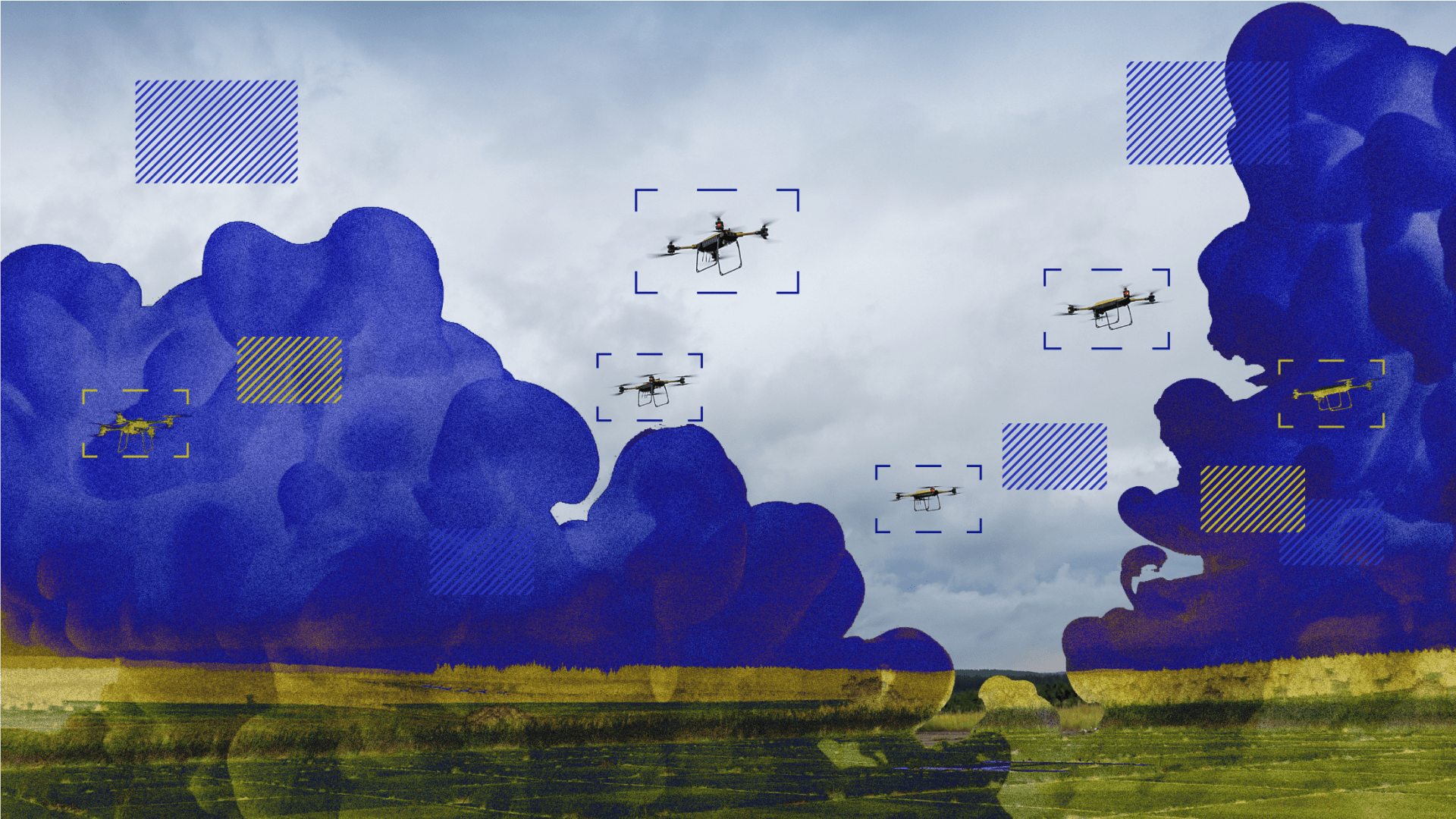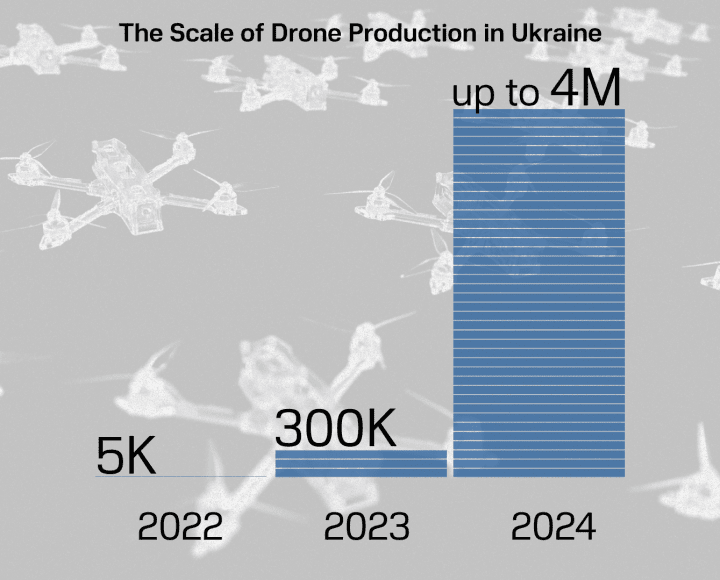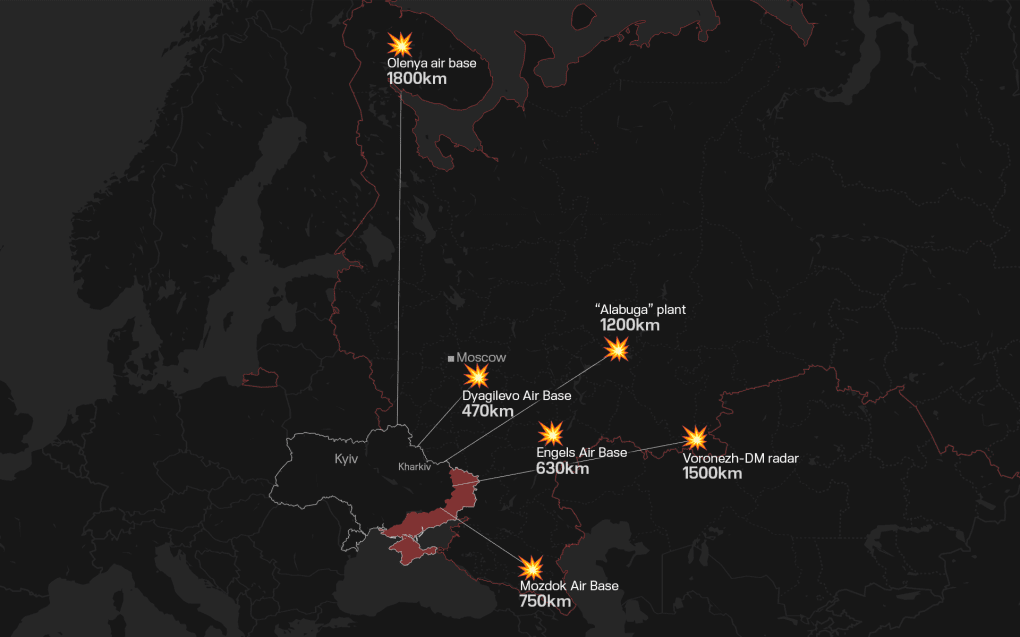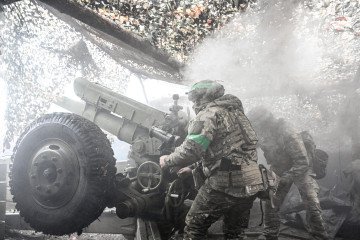- Category
- War in Ukraine
Ukraine Now Set to Produce 4 Million Drones Annually, After Incredible Two-Year Growth

Ukraine’s drone industry has skyrocketed from producing up to 5,000 drones to over a million annually in just two years, shifting its focus to quality and cutting-edge technology.
Ukraine is not only meeting its own defense needs by ramping up production and advancing technology, but it’s also developing some of the world’s most sophisticated unmanned aerial vehicles (UAVs). Two key challenges stand in the way of even greater expansion—but the country is racing to overcome them.
A study by the Kyiv School of Economics and the defense cluster Brave1 reveals that Ukraine’s drone production has grown a thousandfold. In 2022, the country produced around 3,000 to 5,000 drones (crucially, domestic production, not imports). By 2023, production had surged to 300,000 units annually across various types of drones. For 2024, production capacity is projected to reach up to 4 million units.
Ukraine’s Digital Transformation Minister Mykhailo Fedorov announced that the government has already supplied the Ukrainian Armed Forces (AFU) with over 1 million drones. Volunteers are also making large purchases, numbering in the tens of thousands (potentially even hundreds of thousands, though exact data is unavailable).

Ukraine now boasts over 200 drone manufacturers, with about a hundred capable of producing large quantities of various drone types, not just FPV (first-person view) drones. The industry has developed the following:
Long-range drones capable of flying over 1,000 km.
Strike drones.
Reconnaissance UAVs.
UAVs with payload drop capabilities.
The FPVs.
A major bottleneck has been Ukraine’s heavy reliance on components from China and other countries. However, over the past two years, Ukrainian companies have learned to manufacture some components domestically, thus localizing production. This shift is vital from a logistical perspective—previously, lengthy delivery times caused delays in assembly. With production now based in Ukraine, this issue has been significantly alleviated.
Having mastered mass production, Ukrainian companies have now turned to enhancing drone technology. The war is a two-sided battle, and as Ukrainians build drones, the Russians develop countermeasures, such as electronic warfare (EW) systems. This makes technological advancements even more important.
For instance, artificial intelligence (AI) systems now enable drones to become semi-autonomous or fully autonomous. Initially, a human may remotely control the drone, but once the drone visually locks onto its target, it can complete the mission automatically, without further human intervention. In such cases, the effectiveness of defensive systems is reduced, as the drone will still find its target.
Another major achievement is the integration of computer vision and real-time data processing, a key development for reconnaissance drones that can operate deep in enemy territory. These computer vision systems enable UAVs to navigate effectively, even in the presence of strong enemy EW systems. This technology allows drones to perform tasks such as mapping terrain, identifying objects, and making decisions in mid-flight. Once the mission is complete, the drones can safely return to their launch point or another designated location.
Deep Strike Unmanned Aerial Vehicles
One of the greatest achievements of Ukraine’s UAV sector is the development of long-range drones. Ukraine is currently capable of striking targets deep inside Russia—up to 1,850 km away. Without access to long-range weapons from international partners, this is the only way Ukraine can strike military targets, weapon depots, factories, and airbases on Russian territory.

The creation of Deep Strike Unmanned Aerial Vehicles was made possible by the active involvement of citizens, volunteers, and enthusiasts who initially invested their time and resources into development. After proving their effectiveness, the government began actively contracting this type of drone. Today, over 200 long-range drones can be launched per month into Russian territory, though such capability was previously non-existent.
Ukraine has consistently faced shortages—whether in technology, resources, components, or funding. There was also a lack of feedback, making it hard to gauge how well the drones performed in action. Despite these challenges, Ukraine’s Deep Strike Unmanned Aerial Vehicles are now among the most advanced in the world, and most importantly, they’ve proven themselves in real combat.
Although it is seldom reported, hundreds of Ukrainian drones successfully breach Russian air defenses each month, striking military installations, cities, and front-line positions. Despite Russia’s frequent claims of having one of the world’s most powerful air defense systems, the continual destruction of its targets reveals that Ukrainian drones can bypass these defenses. This sector will keep expanding, as Ukraine must maintain its own capabilities to strike Russian military targets behind the front lines.
Robotic systems
UAVs and drones are just one area of focus within Ukraine’s broader work on robotic systems. Efforts are also underway to develop ground-based robotic systems, which can serve as platforms to deliver ammunition to the front lines. Maritime drones have also been developed, forcing Russia’s Black Sea Fleet to retreat into ports and partially relocate from Crimea to other harbors.
Through the Brave1 cluster, Ukraine is actively investing in these developments. The number of companies working on defense tech for the front lines is now in the hundreds, and their numbers continue to grow.
While technology will not replace soldiers on the battlefield, nor can it currently replace artillery or tanks, innovations are helping Ukraine hold back an enemy with greater manpower and resources. For Ukraine, UAVs and robotic systems are saving soldiers’ lives.
What is the main roadblock to further industry growth? Funding. Ukraine does not have the resources to fully invest in its own production capabilities. Support from Western partners, in the form of orders from Ukraine’s defense-tech sector, would help scale up production, enhance research and development, and accelerate manufacturing. This approach has already proven successful with artillery systems, such as the Bohdana self-propelled howitzer.
UNITED24 is raising funds for Ukraine's defense. Donate now to help make Ukraine safe.
-29a1a43aba23f9bb779a1ac8b98d2121.jpeg)
-531fe8d92c87f1630d3f1a2503c33089.png)


-886b3bf9b784dd9e80ce2881d3289ad8.png)


-f88628fa403b11af0b72ec7b062ce954.jpeg)